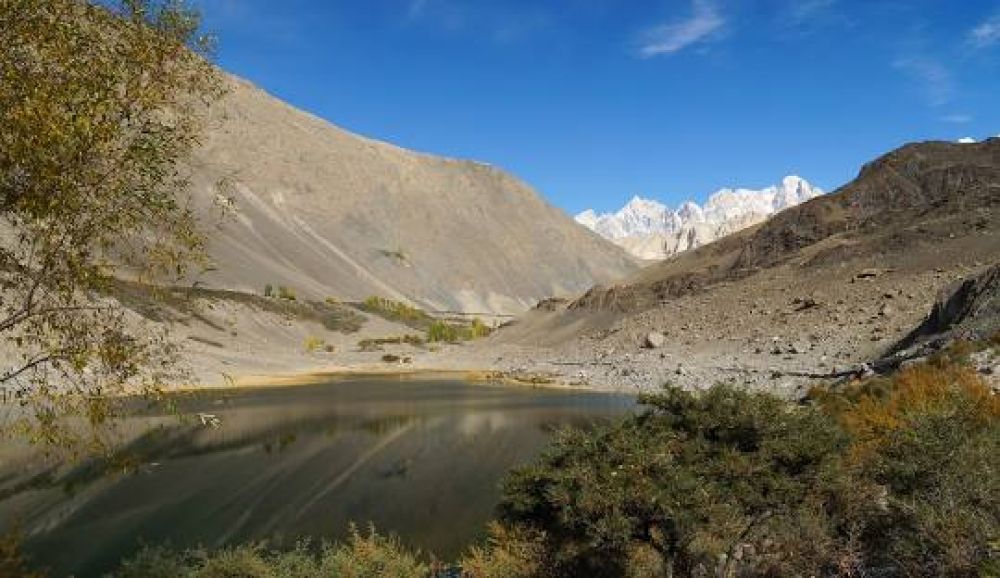

Borith Lake is a serene high-altitude lake located in the upper Hunza region of Gilgit-Baltistan, in Pakistan. The lake is situated at an elevation of approximately 2,600 meters (8,500 feet) above sea level and lies above the Hussaini Village, nestled between the majestic peaks of the Karakoram Range. It is a popular destination for nature enthusiasts, trekkers, and those seeking solace in the beauty of the mountains.
The history of tourism at Borith Lake is relatively recent. For years, the lake remained a well-kept secret known primarily to the local people of the Hunza Valley. However, with the opening of the Karakoram Highway in the 1970s, which connected Pakistan to China through the high mountain passes, the entire region saw an uptick in tourism. This development provided easier access to remote areas like Hunza, thereby unveiling the natural splendors of Borith Lake to the outside world.
Initially, tourism was limited due to the harsh terrain and lack of infrastructure. Over time, with the establishment of tourism-friendly policies by the government and improvement in local hospitality services, tourism in the Hunza region, including Borith Lake, began to blossom.
Borith Lake itself is a sight to behold, with its emerald-green waters reflecting the surrounding snow-capped mountains. It is a haven for bird watchers, as migratory birds such as ducks and geese visit the lake during spring and summer. The lake is also a starting point for several treks, including the trail to the Ghulkin Glacier, as well as the longer and more challenging trek to the Passu Glacier.
The surrounding area of the lake offers attractions such as the Hussaini Hanging Bridge, reputed to be one of the most dangerous suspension bridges in the world, and the beautiful Passu Cones, distinctive pointed peaks that are an iconic part of the landscape.
In recent years, there has been a significant increase in domestic tourism at Borith Lake. Social media exposure and the improved security situation in Pakistan have both played vital roles in this trend. Adventurous travelers and photographers are drawn to the untouched beauty of the lake and the surrounding areas, seeking to capture its breathtaking vistas.
Eco-tourism and sustainable travel practices are also gaining traction in the Hunza valley, with more tourists showing interest in experiencing and preserving the natural environment. Local communities are increasingly involved in tourism-related activities, offering homestays, cultural experiences, and guide services, providing them with new economic opportunities while promoting responsible tourism.
For those wishing to visit Borith Lake, the best time is between May to September when the weather is most conducive for travel. Tourists are encouraged to plan ahead, respect the natural environment, and engage with local communities to enrich their travel experience while contributing positively to the region.